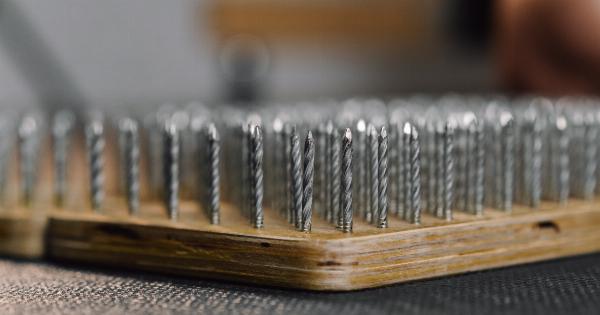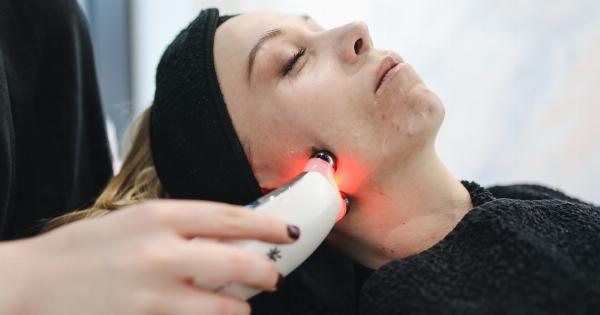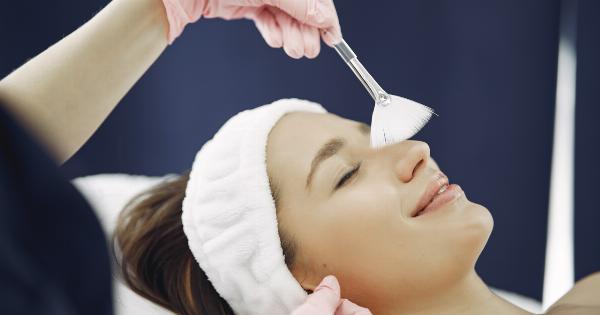Shoulder tendon rupture is a common condition that can result in significant pain and disability. Tendons are connective tissues that link muscles to bones, and they are integral for movement and stability in the shoulder joint.
When a tendon ruptures, it means that it has suffered a tear that has caused it to separate from the bone or muscle it is attached to. Treatment for shoulder tendon rupture is aimed at relieving pain and restoring function, which can be achieved through a variety of methods including physical therapy, medication, and surgery.
One relatively new treatment option, however, is PRP therapy.
What is PRP Therapy?
PRP therapy, or Platelet-Rich Plasma therapy, is a medical treatment that involves using a patient’s own blood to promote healing in the body.
The process begins with the collection of a small blood sample, which is then placed in a centrifuge to separate the plasma and platelets from other components in the blood. This concentrated solution is then injected directly into the affected area, where it can stimulate healing and tissue regeneration.
How Does PRP Therapy Work for Shoulder Tendon Rupture?
PRP therapy has been shown to be effective in promoting the healing of various injuries and conditions, including shoulder tendon ruptures.
When injected into the site of the tear, PRP can help to reduce inflammation, increase blood flow, and stimulate the growth of new tissue. This can help to repair the damaged tendon and promote the formation of scar tissue, which can improve the strength and stability of the joint.
PRP therapy is often used in conjunction with other treatments, such as physical therapy, to optimize outcomes.
What Are the Benefits of PRP Therapy for Shoulder Tendon Rupture?
There are several benefits to PRP therapy for shoulder tendon rupture, including:.
- Reduced pain
- Improved joint function
- Accelerated healing
- Minimally invasive treatment option
- Low risk of side effects and complications
- Can be repeated as needed
What Are the Risks of PRP Therapy for Shoulder Tendon Rupture?
Like any medical treatment, PRP therapy carries some risks. While complications are rare, some patients may experience:.
- Pain or discomfort at the injection site
- Infection
- Bleeding
- Allergic reaction to the injection
It is important to discuss the risks and benefits of PRP therapy with your doctor before undergoing treatment.
Who Is a Good Candidate for PRP Therapy for Shoulder Tendon Rupture?
PRP therapy may be a good treatment option for patients with shoulder tendon ruptures who have not responded to conservative treatments such as physical therapy and medication.
Additionally, patients who are not candidates for surgery, either due to health reasons or personal preference, may also be good candidates for PRP therapy. Your doctor will be able to determine if you are a good candidate for the treatment.
What Is the PRP Therapy Procedure Like?
The PRP therapy procedure begins with a consultation with a medical professional who will determine if you are a good candidate for the treatment. If you are, a small blood sample will be collected and prepared for injection.
The injection will typically be performed under ultrasound guidance to ensure accuracy and precision. The entire procedure typically takes less than an hour to complete.
What Can I Expect After PRP Therapy for Shoulder Tendon Rupture?
After PRP therapy for shoulder tendon rupture, patients may experience some mild pain and swelling at the injection site. This is normal and should resolve within a few days.
Patients may also be advised to limit their activity for a short period of time following the procedure. Most patients are able to return to normal activities within a few days to a week after treatment.
What Are the Success Rates of PRP Therapy for Shoulder Tendon Rupture?
Studies have shown that PRP therapy can be an effective treatment option for shoulder tendon ruptures.
One study published in the American Journal of Sports Medicine found that patients who underwent PRP therapy for rotator cuff tears had a significantly improved clinical outcome compared to patients who underwent physical therapy alone. Another study published in the Journal of Shoulder and Elbow Surgery found that patients who underwent PRP therapy for partial-thickness rotator cuff tears had a significant improvement in both pain and function compared to baseline measures.
While success rates may vary from patient to patient, these studies suggest that PRP therapy can be an effective treatment option for shoulder tendon ruptures.
Conclusion
Shoulder tendon rupture can be a painful and debilitating condition, but there are a variety of treatment options available to help patients find relief.
PRP therapy is a relatively new treatment option that has shown promise in promoting healing and reducing pain in patients with shoulder tendon ruptures. While it is not appropriate for all patients, PRP therapy may be a good option for those who have not responded to other treatments or who are not candidates for surgery.
If you are suffering from shoulder tendon rupture, speak with your doctor to determine if PRP therapy may be a good treatment option for you.































